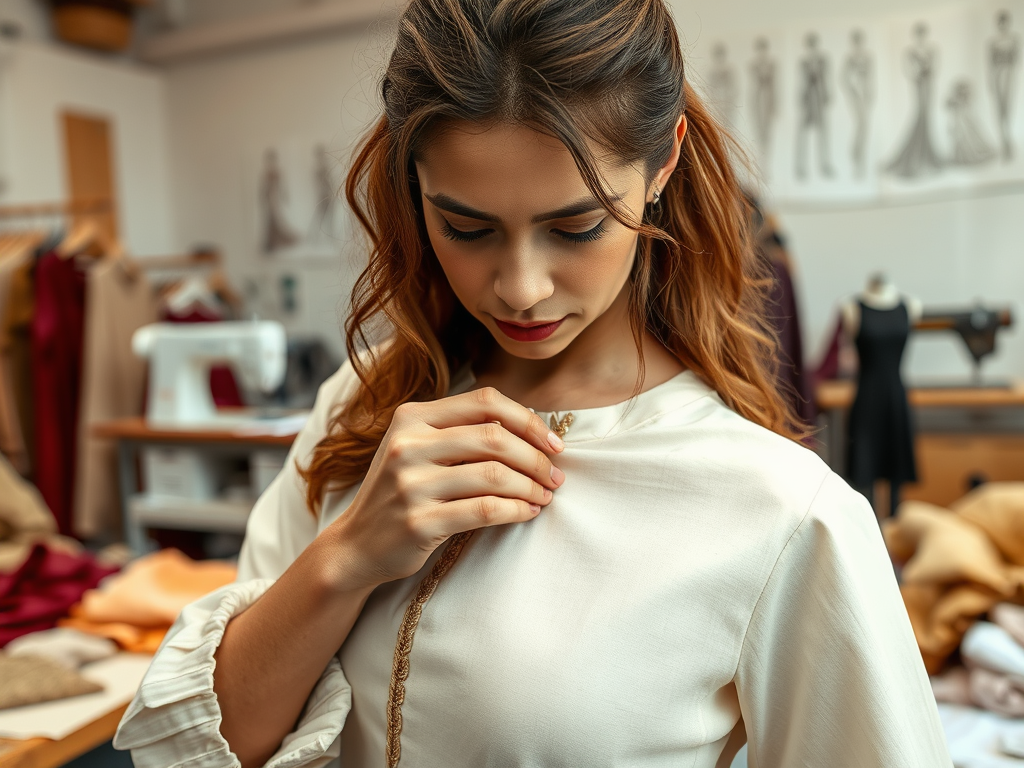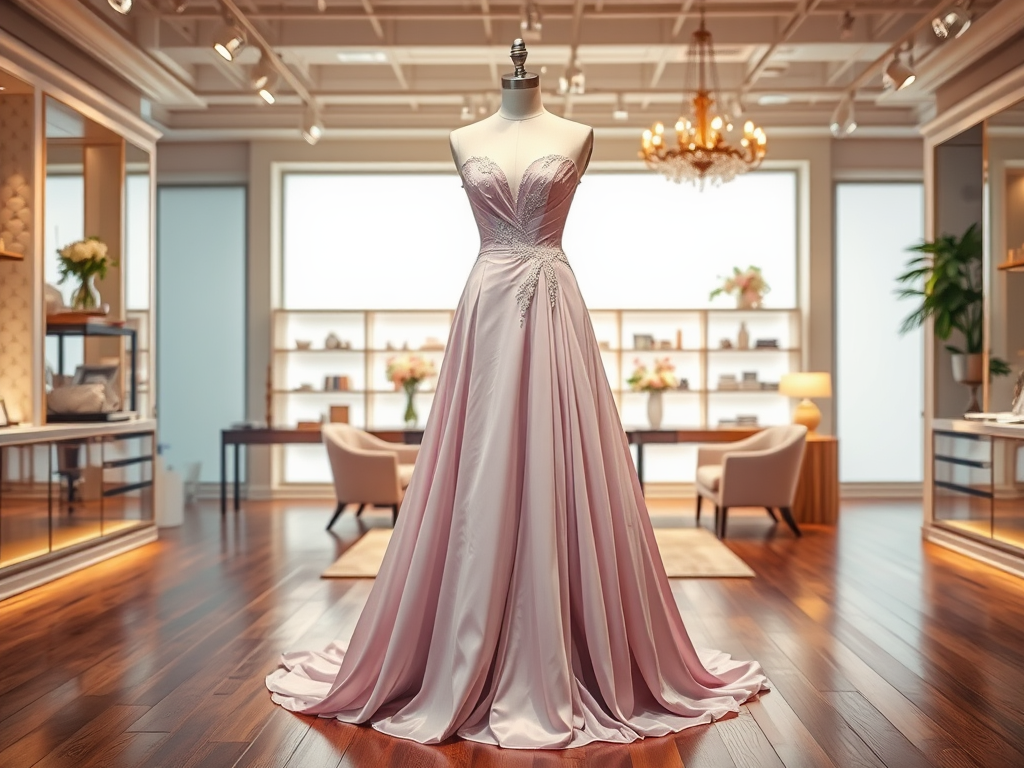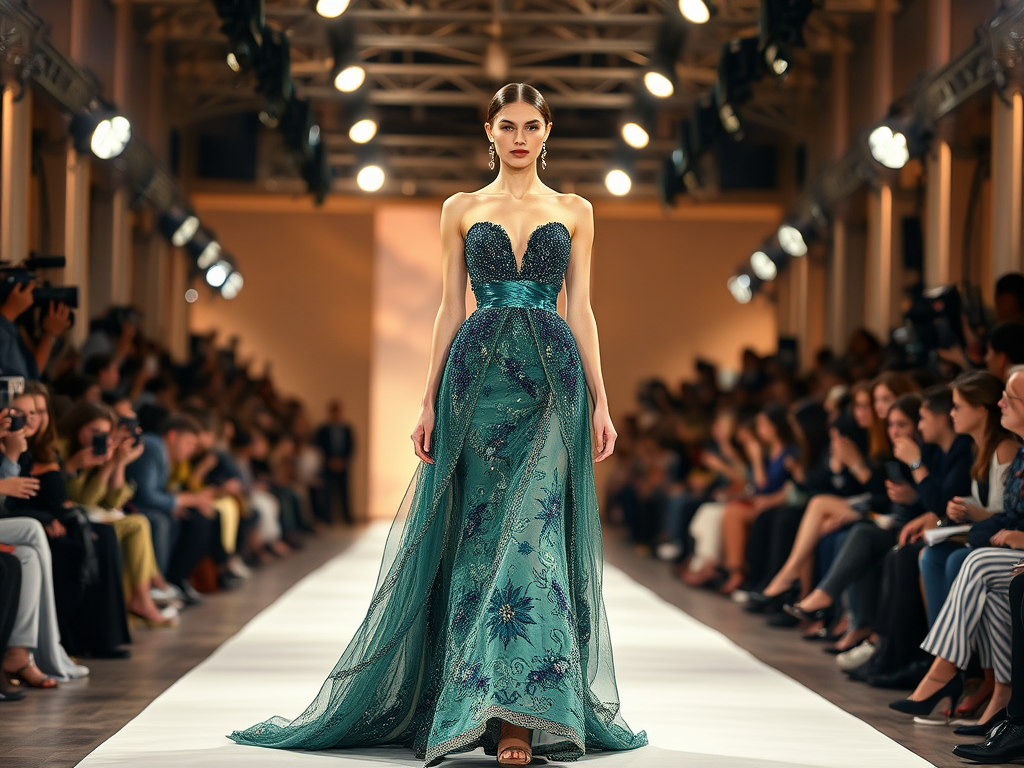High fashion is an ever-evolving art form, where creativity meets craftsmanship, and innovation pushes the boundaries of what clothing can be. One of the most intriguing expressions of this art is seen in runway couture. In the realm of high fashion, couture represents not just clothing but a narrative woven from fabrics, sizes, and craftsmanship. This exquisite category of fashion emphasizes creativity that defies conventional limits, showcasing broad expressions that tell stories. Couture transforms the act of dressing into an experience—an artistic endeavor that goes beyond mere utility. Here, we will explore the intricate world of runway couture and what defines these visually evocative looks.
The Essence of Couture

At its core, couture embodies the epitome of luxury fashion, originating from the revered French term “haute couture.” This form of fashion represents the highest level of craftsmanship and artistic expression. Couture isn’t merely about garments; it’s about the artistry, the unique techniques, and the emotional resonance these pieces evoke. Designers spend countless hours creating intricate designs that encapsulate their vision, often leading to garments that are as much a piece of art as they are clothing. The relation between the designer and the garment is intimate, marked by personalized touches and exclusive materials. Beyond aesthetics, couture also stands as a status symbol, with each piece reflecting the wearer’s individuality and wealth.
Unique Craftsmanship
One prominent feature that separates couture from other fashion categories is its unique craftsmanship. Each piece is a labor of love, handcrafted with a level of detail rarely found in mass-produced clothing. Techniques such as hand embroidery, silk draping, and the use of rare textiles create garments laden with stories and emotions. The meticulous process often involves multiple fittings to ensure perfect alignment with the wearer’s body. This bespoke creation leads to garments that can take weeks or even months to complete, embodying precision and artistry. It would be impossible to capture the essence of haute couture without acknowledging the skilled artisans behind these stunning pieces.
Exclusivity and Personalization
Couture is defined not only by luxury but also by its exclusivity and the inherent personal touch. Designers create custom collections tailored specifically for their clients, enhancing individual styles and preferences. This aspect of couture elevates fashion beyond a mere commodity into a deeply personalized experience. Each collection often includes a smaller number of pieces, emphasizing the limited nature of couture fashion and its tailored approach. Here are some characteristics that underline exclusivity:
- Custom fittings for individual clients
- Limited production runs
- Personalized design consultation
This level of customization allows each piece to truly reflect the wearer’s identity, making couture an exceedingly intimate fashion experience.
Key Elements of Runway Looks

Runway couture is characterized by several distinctive elements that distinguish it from ready-to-wear collections. Designers pay meticulous attention to various factors, including fabric choice, color usage, and innovative silhouettes. Each of these elements plays a crucial role in shaping the overall aesthetic. The fabrics utilized in couture are often luxurious, ranging from sumptuous silks to ethereal lace, contributing significantly to the garment’s final finish. The palette chosen also makes a considerable impact, as the right colors can evoke specific emotions and responses. This thoughtful consideration of elements highlights the artistry behind runway couture.
The choice of fabric is fundamental in creating the luxurious feel of runway couture. Designers often opt for rare and high-quality materials, thus pushing the envelope of what fashion can achieve. The types of fabrics typically used include:
- Silk
- Organza
- Crepe
- Velvet
- Lace
These materials contribute to the sumptuousness of couture pieces and underscore their uniqueness. The natural drape of silk, for example, can transform a single design iteration, elevating it into a mesmerizing piece of art.
| Element | Impact on Couture Look |
|---|---|
| Fabric | Forms the basis of the garment’s aesthetic and feel. |
| Color | Evokes emotional responses and enhances visual appeal. |
| Silhouette | Defines the shape and structure, setting fashion trends. |
Iconic Designers Influencing Runway Couture
Many designers have left their mark on the world of high fashion, creatively shaping runway couture’s landscape. From Coco Chanel to Alexander McQueen, these icons have redefined what couture can entail. Each designer brings forth a unique vision that not only highlights their signature styles but also influences mainstream trends. For instance, Chanel’s timeless classicism contrasts sharply with McQueen’s avant-garde approach, showcasing the breadth of aesthetics within couture. As we explore their contributions, we can see how individual styles shape and influence the runway experience.
Signature styles are crucial in understanding the essence of couture. These elements become a hallmark that audiences and clients recognize instantly. Here are a few notable designers and their distinguishing characteristics:
- Coco Chanel: Timeless elegance and tweed suits
- Christian Dior: Feminine silhouettes and the “New Look”
- Alexander McQueen: Dark romanticism and theatrical presentations
Understanding these styles provides us with insight into the spectrum of creativity within couture and how it consistently draws inspiration from various cultural and historical contexts.
The Role of Fashion Shows in Promoting Couture
Fashion shows serve as the stage for haute couture’s visibility and impact. They create a theatrical backdrop where designers unveil their latest creations, captivating audiences and potential clientele alike. These events solidify the designer’s reputation while simultaneously establishing trends that ripple throughout the fashion landscape. Attendees, including influencers and celebrities, play a pivotal role in amplifying the reach of couture pieces through social media and public appearances. The combination of artistry, performance, and publicity makes fashion shows integral to the couture experience, showcasing not just the garments but the entire ethos of the designer.
Conclusion
In summary, runway couture is defined by its intricate craftsmanship, unique elements, and the profound impact of iconic designers. From fabric choices to personalized fittings, each garment tells a story reflective of the wearer’s individuality and the designer’s vision. Understanding these facets allows one to appreciate the artistry involved in high fashion and its significant role within the broader fashion landscape. As the evolution of couture continues, it remains a powerful vehicle for self-expression, luxury, and artistry. It transforms the mundane act of dressing into an experience that transcends time and trends.
Frequently Asked Questions
- What is the difference between haute couture and ready-to-wear? Haute couture is custom-fitted, unique, and made with luxurious materials, while ready-to-wear is produced in standard sizes to be mass-marketed.
- How does one become a couture designer? Becoming a couture designer typically requires formal training in fashion design, substantial experience in the industry, and an understanding of high-quality materials and techniques.
- Are couture items only for women? No, couture fashion exists for all genders and includes menswear as well.
- What are some famous couture fashion shows? Some renowned couture shows include Paris Haute Couture Week, New York Fashion Week, and Milan Fashion Week.
- Can anyone purchase couture clothing? Couture clothing is typically made for clients with bespoke fittings, though some items may be available for purchase through selected boutiques or designers.
